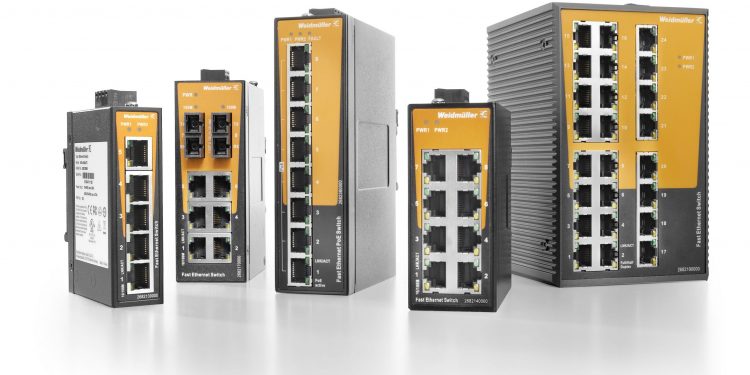There are many different types of switches used in industry. In this article, we shall examine just a few of them. For example, the goab switch, which has a use in situations where there is a current. There is also the disconnect switch to consider. Switches are used in many industrial situations.
Many outside of any industry will give switches little thought but they are there to maintain and control the supply of power or data. Electricians, maintenance engineers, and computer technicians will rely on the existence of switches that maintain power lines, circuits, or data exchanges.
This article will consider switches in industrial situations and look to demystify some of the terminologies used, as we are identifying what the various switches are used for.
Goab Switch
Goab stands for Gang Operated Air Break switch. “Gang” is a reference to the three phrases that are either electronically or mechanically tied together and open at the same time.
Air Break Switch
An air break switch is one where the contacts will open in the air and quenching of the arc is achieved by compressed air. The air is acting as a dielectric medium for the air break switch. It is considered more reliable and effective, compared to many other switches. It is operated manually when a handle is placed at ground level.
Air break switches are installed outdoors and used primarily for isolation. This will be in a distribution network at a switching point. It will act as a disrupter to a small excitation current on a transmission line or for the capacitive charging current.
Disconnect Switch
A disconnect switch will be used to conduct current and also provide circuit isolation. This can be in respect of breakers, capacitor banks, circuit switchers, reactors, transformers, or voltage regulators.
Difference Between an AB Switch and an Isolator
The difference between the two is about when you use them. Circuit breakers will open a circuit carrying a current and act as a circuit-breaking device. Isolators or disconnectors will open circuits that have no current and so they are not circuit-breaking devices.
Isolators will be used for isolating both input and output ports concerning a device. They will do this by maintaining a one-directional signal flow. They are used in microwave circuits.
A circuit breaker will be used to protect devices from high current surges.
MCB
An MCB is a Miniature Circuit Breaker and is used to protect electrical circuits from overcurrent. They can be reclosed without the need for hand-operated restoration.
MCBs are a lot more sensitive to overcurrents than a fuse is. It is electronically safer than when handling a fuse. With fuses, however, they are quick to restore supply because fuses have to be re-wirable or replaced to restore supply. Restoration is possible simply by switching “on”.
Power Switches
A power switch will provide an electrical connection that is from a source of voltage or the ground to a load. This will save power across many voltage rails and also protect subsystems from damage. As well, it provides enhanced component and inrush current protection, as well as enhances printed-circuit board (PCB) size.
Ethernet Switches
Ethernet switches are required for connectivity within industrial networks. They are the most fundamental of devices. The role they play is in securing transmission with regards to data. It will be an important decision for an engineer designing a network to ensure they choose the right switch.
Examples of industrial ethernet switches include Hazardous Area Ethernet switches, Managed switches, Unmanaged switches, PoE switches, Rackmount switches, and Railway Ethernet switches.
Whether we are looking at switches that control the flow of electricity or data, they exist to help out the industry they relate to. We need to be able to control the flow of power or information between one point and another whether that be mechanically or electronically.





